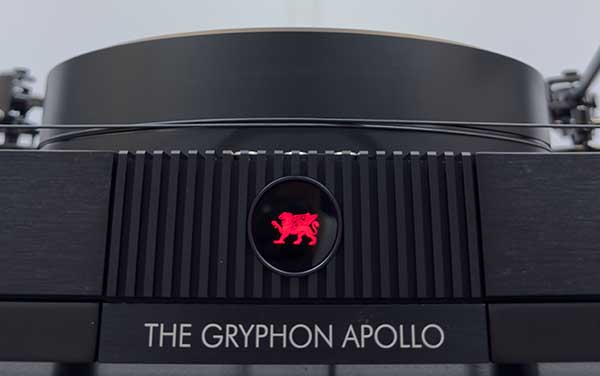"Apollo utilizes two of Brinkmann’s proprietary Sinus belt-drive motors placed 180 degrees from each other."
I know it really doesn't matter in the grand scheme of things, but that would be on opposite sides of the platter. A line drawn between them would intersect the spindle. Putting them in the 2 front corners is not 180 degrees from each other
















































